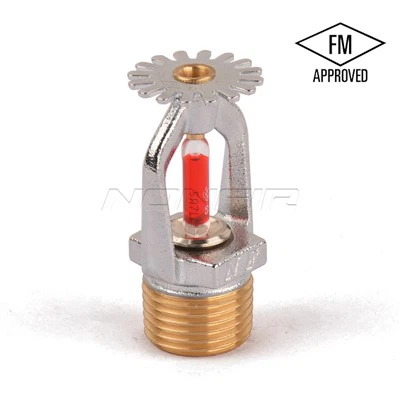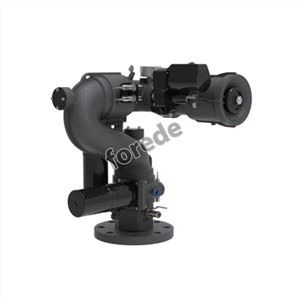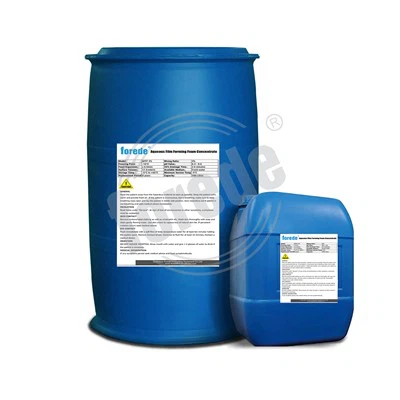
What is Fire Hydrant Standpipe working principle?
The forede® A fire hydrant standpipe is a crucial component of a building's fire protection system. Its working principle is quite simple but extremely effective in mitigating the spread of fires.
The standpipe system comprises a network of pipes connected to a reliable source of water. Fire hydrants, located on the exterior of the building, are connected to this system, allowing firefighters to attach hoses for easy access to the water.
When a fire occurs, the system is activated by opening a valve, which allows water to flow through the pipes and out of the fire hydrants. The water pressure is provided by the city's water supply or a standalone pump.
Firefighters can then access the water to extinguish the fire through the hoses attached to the hydrant's outlets. Standpipes provide firefighters with a reliable water source, which can be critical to the safety of people and property.
Furthermore, standpipes come in different types and sizes, tailored to meet the unique requirements of different buildings. They may be dry-standpipes or wet-standpipes, depending on whether water is continuously present in the pipe or not. Standpipes can also be installed with valves, couplings, and other components to ensure durability and effectiveness.




















